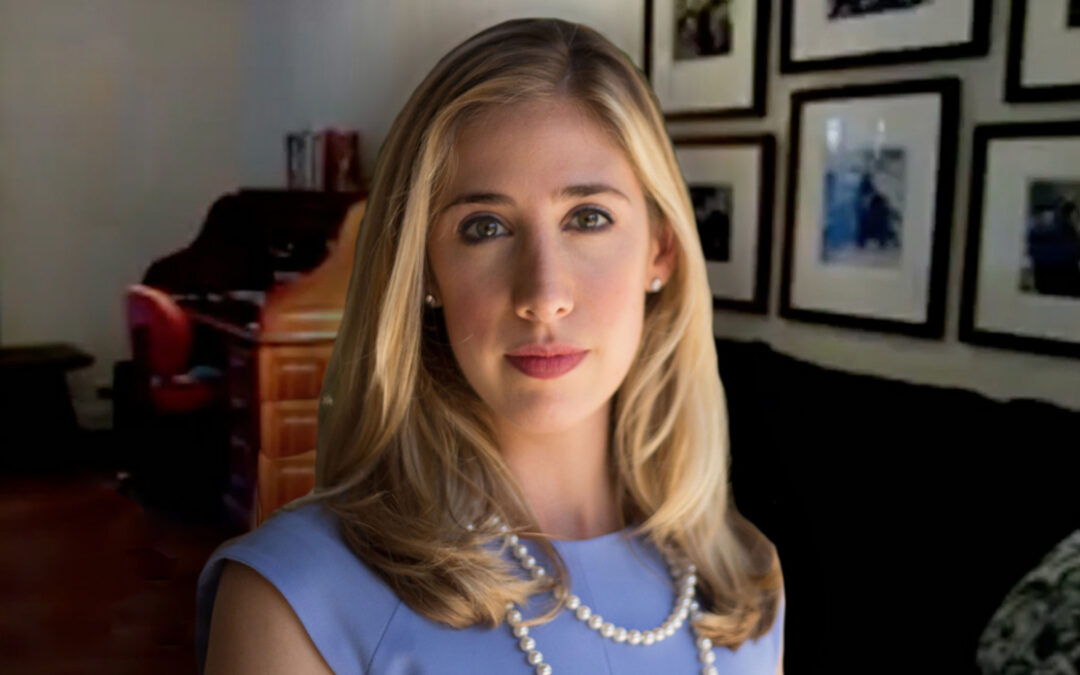The recent killings of George Floyd, Ahmaud Arbery, and Breonna Taylor, amongst many others, have challenged our whole country to face the endemic injustice and exclusion African Americans face. We at the Malone Schools Online Network are horrified by this violence and support the fight against white supremacy, institutional racism, and discrimination.
MSON’s mission focuses on bringing students together from across geographical divides. Those divides are often stand-ins for other ones: political differences, socio-economic differences, and racial differences. We pride ourselves in these connections across difference. Our students report that MSON enabled them to come “face to face” with someone from another political mindset or to be in class with someone who looked unlike anyone in their own school. Through MSON, our students have encountered classmates—and teachers—who share a feature of their identities, sometimes for the first time.
Leaning into our mission presents a valuable template as well as unique challenges. We commit to reflecting, searching out our blind spots, listening to our community, and taking action.
Specifically, several of our courses address structural racism, white privilege, the history of violence against minority groups in the United States, the Civil Rights Movement, and political action against injustice. We will be inviting these faculty to reflect on how their teaching of these topics will change as a result of current events. And we will foster dialogue with all our teachers about the role of bias in their MSON courses and the opportunities for student growth and class reflection our program uniquely affords.
That process starts now, with our teachers. Linda Rodriguez of St. Andrews School in Jackson, MS, teaching our newest course, “A Nation Divided: The Literature of Civil Rights in the Modern US,” writes:
“I think it’s really important for us as educators and mentors to let our students know that we stand for them and we are thinking of them as we develop and teach our courses. Personally, I know I can never understand the specific challenges my black and brown students go through, but I strive to make my classroom inclusive and welcoming…I have already changed my lessons to include discussions on identity and systemic racism that explore the historic foundations that have set the stage for the George Floyd protests. How can we NOT adapt what we do in order to meet our students where they are?”
We will report back as our courses run to share examples of directly addressing the African American experience in America, fostering dialogue across difference, and civic engagement.
Second, recent events have highlighted the disproportionate negative effects of COVID-19 on black and brown Americans. The coronavirus pandemic suddenly put MSON and peer organizations in the limelight, allowing us to lead the way in online learning best practices. Yet we all need to do more to address the inequities related to online learning. For example, we emphasize the importance of synchronous online learning—it is our core philosophy—but we know that about 21 million Americans do not have broadband internet (as I discuss in this recent piece). Moreover, access to devices and spaces to learn have made online education, especially synchronous instruction, difficult for many. In the coming weeks, through our professional development work with schools across the country, we will take a first step in reflecting on how our message falls in different contexts. We will also take steps to promote access across the digital divide and reach students beyond those in our courses. We will report back on the steps we have taken to address equity in online learning.
We look forward to engaging with our community in the weeks and months ahead as we prepare for a year of learning together.
Be well,


